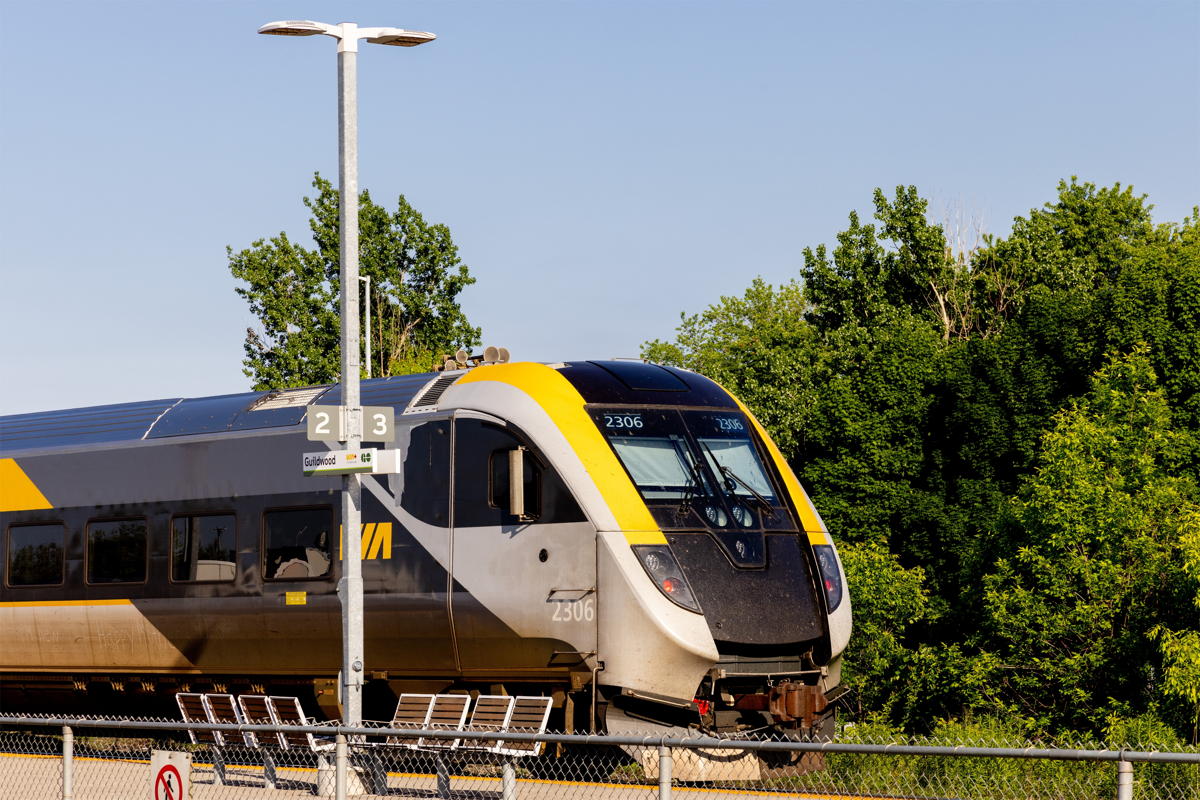The federal government has unveiled plans for a 1,000-kilometre high-speed rail line connecting Toronto and Quebec City, marking one of the largest infrastructure projects in Canadian history. Prime Minister Justin Trudeau made the announcement in Montreal, revealing that the project—dubbed Alto—will use all-electric trains capable of reaching speeds of 300 km/h.
The proposed route will feature stops in Toronto, Peterborough, Ottawa, Montreal, Laval, Trois-Rivières, and Quebec City, drastically cutting travel time between Montreal and Toronto to just three hours—half the time it takes to drive and significantly faster than current Via Rail services.
Trudeau emphasized that the $3.9 billion allocated for the design and development phase over the next six years is a major step toward making high-speed rail a reality. The government projects that once construction begins, the project could boost GDP by up to $35 billion annually and create over 51,000 jobs.
Despite the announcement, actual construction won’t begin until the design phase is completed, which could take four to five years. The final funding for construction will only be allocated at that point, leaving room for future governments to alter or cancel the project.
The contract for the project is expected to be signed soon with Cadence, a consortium including CDPQ Infra, AtkinsRéalis, Keolis, SYSTRA, SNCF Voyageurs, and Air Canada. The team will finalize track placement, station locations, and overall project scope during this phase.
With Trudeau set to step down as prime minister and an election expected this spring, the project’s future will depend on the commitment of successive governments. Trudeau acknowledged the multi-government nature of such a large-scale project but argued that once funding and development begin, “it will be very difficult to turn back.”
The high-speed rail debate has spanned decades in Canada, with previous proposals never reaching full execution. Advocates argue it could revolutionize travel and regional economies, while critics worry about cost overruns and delays.
While full construction remains years away, the government maintains that Alto will be a transformative step toward modernizing Canada’s transportation infrastructure.

